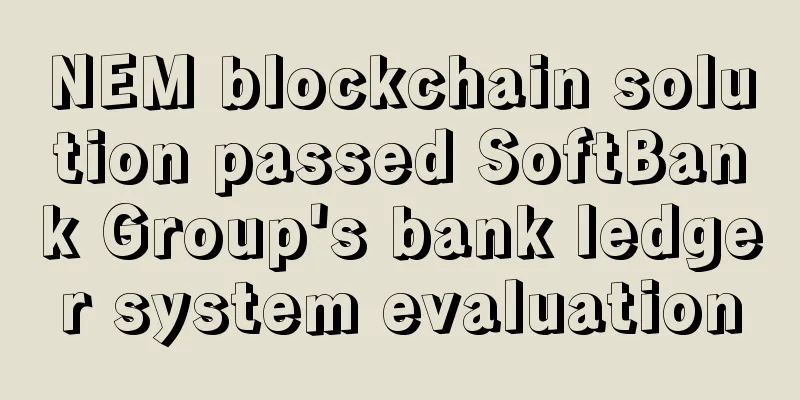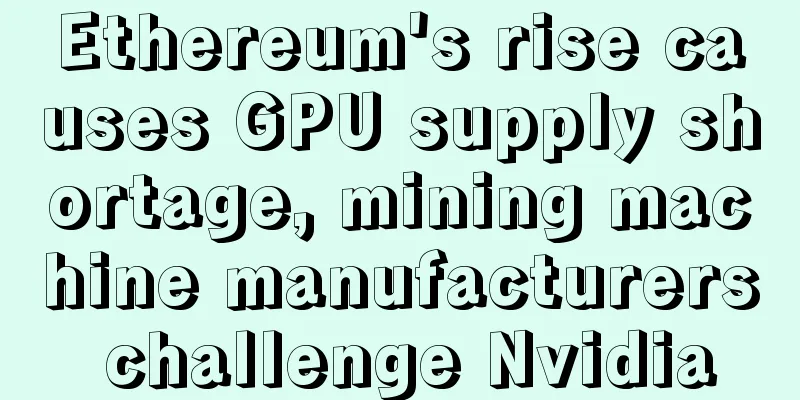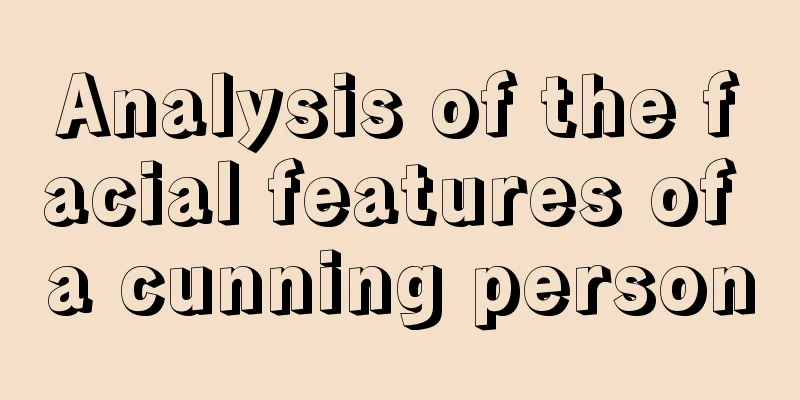NEM blockchain solution passed SoftBank Group's bank ledger system evaluation

|
On April 13, 2016, SoftBank Corporation's Sumitomo Internet Bank (hereinafter referred to as "SoftBank Internet Bank") has successfully completed the general ledger operation test on the blockchain. SoftBank Internet Bank confirmed that the test was completed in a simulated environment with exactly the same real accounts and transaction quantities, and there were no bugs or transaction delays in the entire operation process. In this round of demonstration experiments, SoftBank Internet Bank used the "Mijin" blockchain (i.e. the private blockchain of NEM) provided by Tech Bureau Co., Ltd., and completed the entire process through a 6-node Amazon Cloud Server (AWS). During the entire test process, the system completed transactions such as remittances, transfers, withdrawals, balance receipts, and remittance receipts through 2.5 million accounts. It proves that in the actual banking operating environment, all types of business transactions can be seamlessly connected and various instructions can be completed quickly. Detailed description of blockchain testing in remittance businessAfter one of the six nodes receives the interactive instruction "A transfers 10,000 yen to B", this node confirms the balance of A's account and transmits and completes the interactive information to the other five nodes. After confirmation by several other nodes, the system completes the node consensus construction and successfully creates a block in the blockchain. At the same time, the transfer is also confirmed to be completed synchronously. Function as a bank general ledger system: SoftBank Corporation Sumitomo Bank has demonstrated the suitability of a blockchain solution for bank ledgers at a high level of security. The tests proved that blockchain interactions worked flawlessly under three different conditions:
In a test with a peak of 90,000 interactions per hour, the blockchain distributed ledger technology was verified to have no glitches.
When 5 out of 6 nodes were shut down during the test, the same service test was performed to verify again that no failures occurred and that performance was not affected.
During the test, any tampering operation on the node was rejected and the anti-tampering test passed. SoftBank Cyber Bank’s conclusion: “In a major test of blockchain technology, the system functioned normally as a distributed ledger.” Although the test results affirm the value of blockchain technology, it is not economically viable to immediately replace the existing system with blockchain due to the huge investment in fixed equipment in the banking system. Replacing such existing systems with blockchain systems requires a full assessment and improvement of the current system. SoftBank Group said it is fully aware that the use of a distributed ledger system can greatly reduce hardware infrastructure and middleware costs. Currently, SoftBank Group uses an open architecture in its ledger system, and there are no technical barriers to connecting to the blockchain system, but it still needs to evaluate and consider other details. At present, the general ledger systems of most Japanese banks are composed of expensive minicomputers or even large machines, with an initial investment of hundreds of millions of dollars, and it is difficult to make a brilliant turnaround in the short term. However, it is an irreversible trend that these systems are gradually being replaced by cheap and efficient systems represented by blockchain, and the impact of blockchain on large IT manufacturers will be obvious in the future. Remark:
Original text: Excerpted from Nikkei Fintech Magazine (free access for industry managers only) |
<<: WAVES ICO raised $2 million on the first day
>>: Coin Zone Trends: Bitcoin Price Trends Based on Big Data This Week (2016-04-16)
Recommend
What does it mean when a man has messy palm lines? Can it achieve great things?
What does it mean when a man has messy palm lines...
What does a mole on the upper lip mean?
As we all know, moles are related to our fortune,...
CME Futures Volume Hits Record High, How Will This Affect Bitcoin's Spot Price?
Bitcoin’s current market is experiencing a signif...
41 Show Time Episode 3 - Kushen Wallet: With the halving approaching, how to protect the security of blockchain assets?
Recently, three DeFi projects have been hacked an...
The market fell as expected, is it time to build a position?
Author | Hashipi Analysis Team...
How to use your ETH to earn more ETH? Check out these 5 strategies
By William M. Peaster, Bankless Contributor Edito...
What kind of face does a man have? He is greedy and only has money in his eyes.
Today's society is full of temptations, and m...
Understand the characteristics of evil faces
A person with a fierce face must also be vicious ...
Global Trade Distributed Ledger Alliance hires EY as external advisor to provide blockchain expertise
Recently, the Post-Trade Distributed Ledger (PTDL...
Sleeping Phoenix Eyes
Sleeping Phoenix Eyes Characteristics of sleepy e...
Is it good to have a face with ears close to your face? A detailed explanation of the face with ears close to your face
As one of the five facial features, the position ...
DigixGlobal adds Ethereum-based DGD tokens to Hong Kong Gatecoin and China Yunbi exchanges
Rage Review : DigixDAO DGD tokens released by Dig...
What is the fate of a woman with a mole on her mouth?
1. Analysis of emotional fortune: In physiognomy,...
What kind of palm lines are the best and most blessed?
Everyone hopes that their life will be smooth sai...
What are the facial features and personalities of a woman with droopy eyes? What is the marriage like for a girl with droopy eyes?
Eyes can show a person's inner heart. Some pe...









